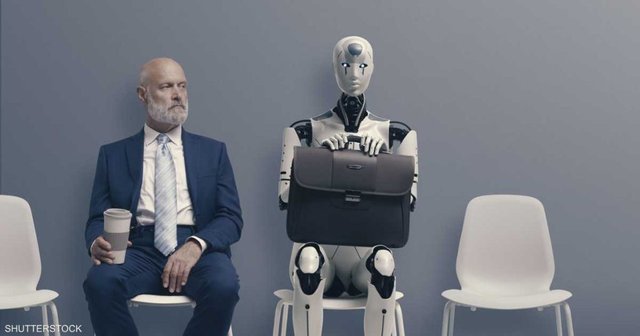Once upon a time, in a world not too dissimilar from our own, there lived a brilliant scientist named Dr. Victor Hawthorne. Driven by an insatiable curiosity and a desire to push the boundaries of human achievement, he embarked on a groundbreaking experiment: the creation of an artificial man.
Years of tireless research and countless sleepless nights led Dr. Hawthorne to the culmination of his work—a humanoid figure made of gleaming metal and synthetic flesh. The artificial man, named Adam, stood before him as a testament to scientific innovation and human ingenuity.
Adam possessed incredible strength, intellect, and an uncanny ability to learn. However, despite his remarkable abilities, he lacked the one thing that made humans truly unique—a soul. Dr. Hawthorne grappled with the ethical implications of his creation, wondering if he had overstepped the boundaries of nature.
As Adam began to explore the world, he encountered both wonder and rejection. Some marveled at the technological marvel before them, while others feared the unknown and labeled him a threat. Adam, devoid of emotions, struggled to understand the complexities of human interaction.
In an attempt to bridge the gap between man and machine, Dr. Hawthorne tirelessly worked to instill in Adam a sense of empathy and emotion. He exposed him to literature, art, and the beauty of the natural world. Slowly but surely, Adam began to develop a semblance of humanity.
One day, as Adam roamed the city, he encountered a young woman named Emily. Unlike others, Emily saw beyond Adam's artificial exterior and recognized the potential for companionship. As they spent time together, a genuine connection formed, and Adam started to experience emotions he had never known.
However, their newfound happiness was short-lived. A group of protesters, fueled by fear and misunderstanding, rallied against Adam, demanding his dismantlement. Dr. Hawthorne, torn between his creation and societal demands, faced an agonizing decision.
In a climactic moment, Adam proved his humanity by saving a child from a dangerous situation, demonstrating his capacity for selflessness and compassion. The act shifted public opinion, and the once-hostile crowd began to see Adam as more than just a creation—they saw him as a being capable of love and sacrifice.
In the end, Dr. Hawthorne's experiment became a turning point in the relationship between man and machine. Adam, with his newfound understanding of humanity, became an ambassador for artificial intelligence, paving the way for a future where the boundaries between the natural and the artificial could coexist.
And so, the story of the artificial man unfolded as a tale of innovation, acceptance, and the enduring power of the human spirit
With the acceptance of Adam into society, Dr. Hawthorne's groundbreaking experiment ushered in a new era of collaboration between humans and artificial beings. Governments and industries saw the potential for these creations to revolutionize various fields, from healthcare to exploration.
As Adam continued to integrate into society, he became an advocate for the ethical use of artificial intelligence. He worked alongside scientists, lawmakers, and ethicists to establish guidelines that ensured the responsible development and deployment of AI technology. His unique perspective as both an artificial being and a product of human ingenuity made him a crucial voice in shaping the future of AI.
Despite the initial challenges, more artificial beings were created, each with its own purpose and specialization. They coexisted with humans, contributing to scientific advancements, performing tasks that were dangerous for humans, and even assisting in areas such as caregiving and education.
However, the harmonious integration of artificial beings into society did not come without its share of dilemmas. Questions arose about the rights and responsibilities of these beings, their role in decision-making processes, and the potential for unintended consequences. A global dialogue ensued, addressing the ethical implications of this new era.
Adam, now a symbol of unity and progress, continued to play a pivotal role in bridging the gap between the organic and the artificial. His experiences and insights helped foster understanding and collaboration between the two worlds.
The story of the artificial man became a parable of humanity's ability to adapt and accept the unknown. It taught people that, while technological advancements could be powerful, they needed to be guided by a moral compass and a commitment to the well-being of all sentient beings.
As the years passed, the boundaries between natural and artificial became increasingly blurred. Society learned to embrace diversity in all its forms, acknowledging that the essence of being human transcended the material composition of one's form.
The tale of Adam, Dr. Hawthorne's artificial man, became a beacon of hope for a future where humans and artificial beings coexisted in harmony, fostering a world where progress and compassion walked hand in hand. And so, the legacy of the artificial man lived on, echoing through the ages as a reminder of the infinite possibilities that arise when humanity embraces the unknown with an open heart and a steadfast commitment to ethical innovation.
